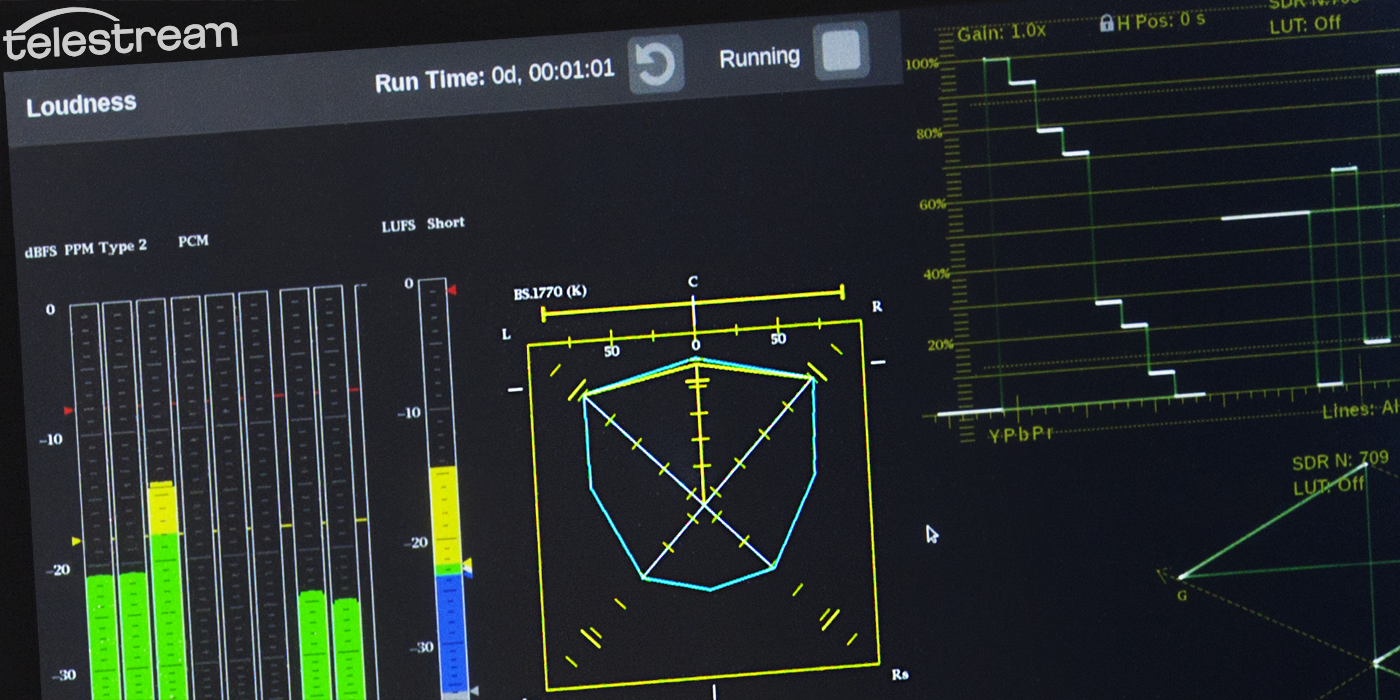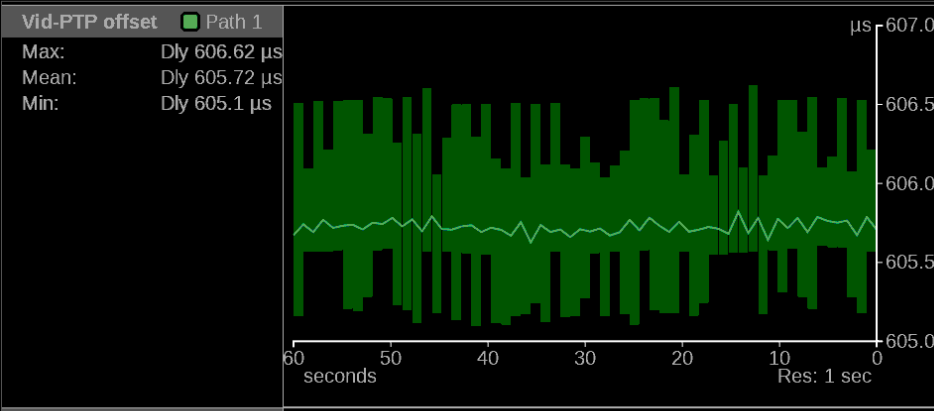New PRISM version eases the transition from SDI to IP with support for eight ST 2110-30 audio streams, enhanced ANC data monitoring, direct TTML decoding, and more
PRISM IP monitoring for ST 2110 is available in three versatile models with support for IP, hybrid, and SDI environments. System complexity has risen as …












